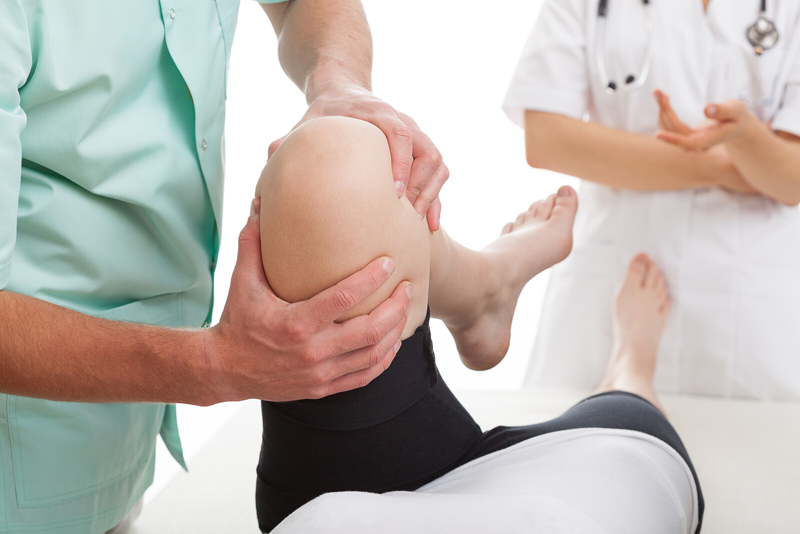MarisaM_62351
New member
Hello!!
Can someone please tell me what CPT code 20704 represents? Is it for joint spacers only? Or can this code also be used for antibiotic beads placed in the hip joint? or would 20700 be the most appropriate for the beads placement in the hip joint?
Thank you!!
Can someone please tell me what CPT code 20704 represents? Is it for joint spacers only? Or can this code also be used for antibiotic beads placed in the hip joint? or would 20700 be the most appropriate for the beads placement in the hip joint?
Thank you!!




